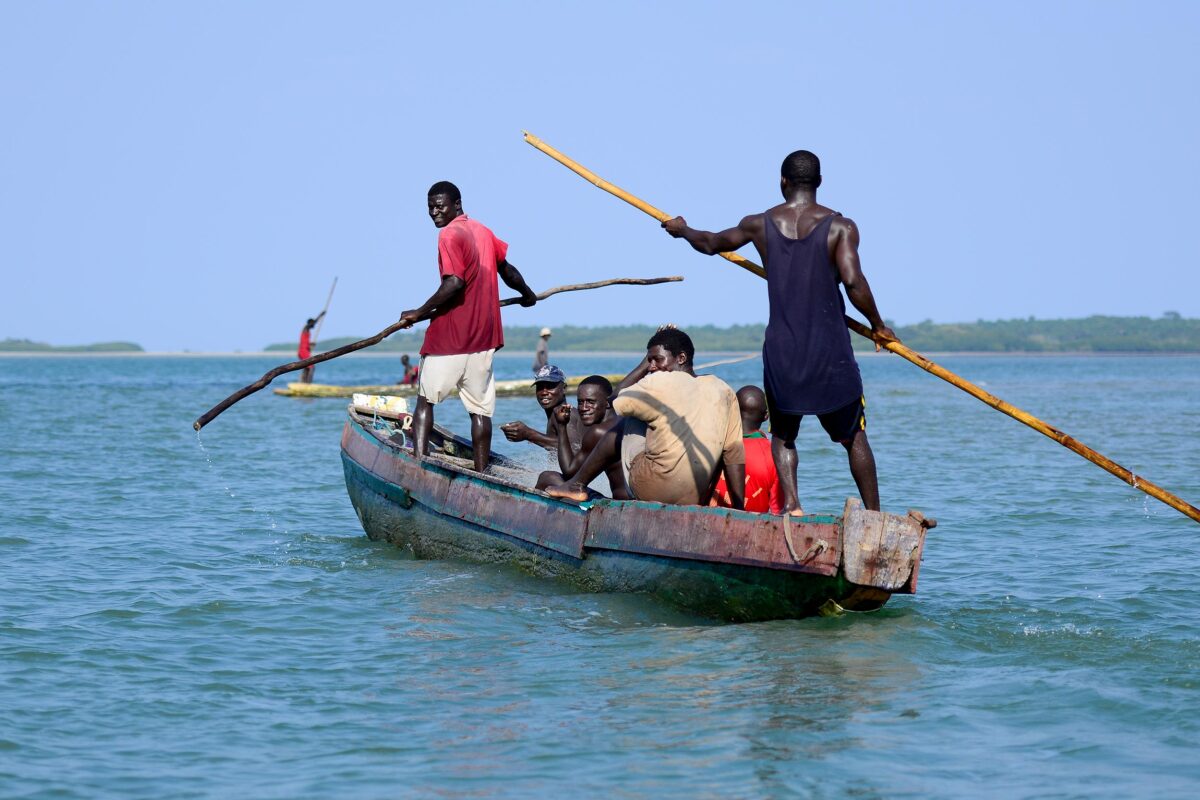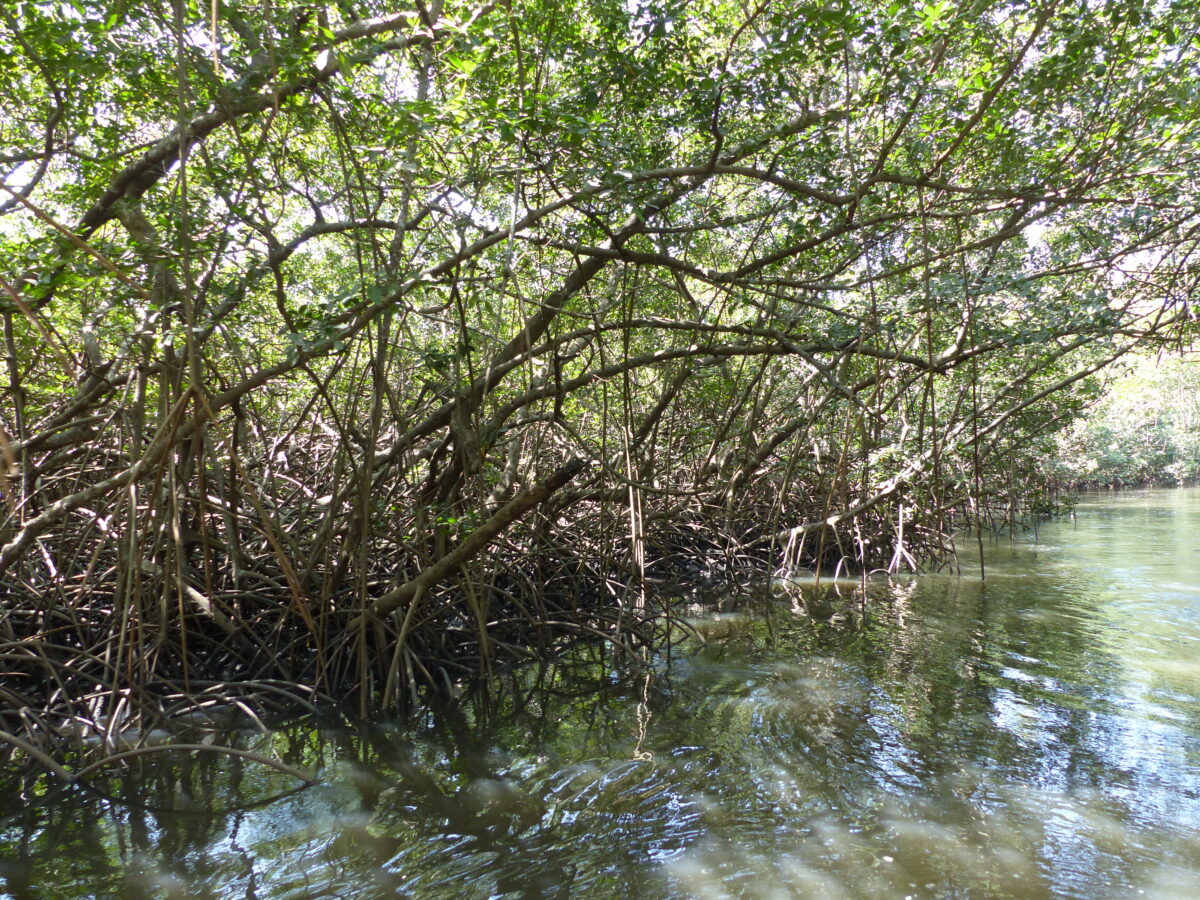Mangroves cover 10% of Guinea Bissau territory. Besides storing carbon, they constitute a natural buffer against extreme weather and sea level rise, while providing ecosystem services and subsistence to local communities.
To reduce mangrove deforestation, the Institute for Biodiversity and Protected Areas of Guinea-Bissau (IBAP), responsible for Guinea Bissau protected areas, implement several actions within the parks. To finance IBAP’s work and provide additional tangible financial benefits to the participating communities, a pilot blue carbon project was initiated in 2011 for the Cacheu (PNTC) and Cantanhez (PNC) National Parks with the objective of obtaining carbon revenues.
The blue carbon project was successfully validated as a REDD+ initiative (Reduced Emissions from Deforestation and Degradation) in 2015 and generated a first issuance of carbon credits for the period 2011-2016. The credits were sold, generating around USD 4 million for the conservation activities.

These resources contributed to build up the endowment fund managed by the BioGuinea Foundation. The strategy of the Foundation is to capitalize this endowment fund, so its earnings are sufficient to provide sustainable financing for managing the country’s parks and biodiversity in perpetuity. The Foundation is responsible for distributing the proceeds from the selling of credits according to IBAP needs, who is in charge of all on-the-ground activities.

